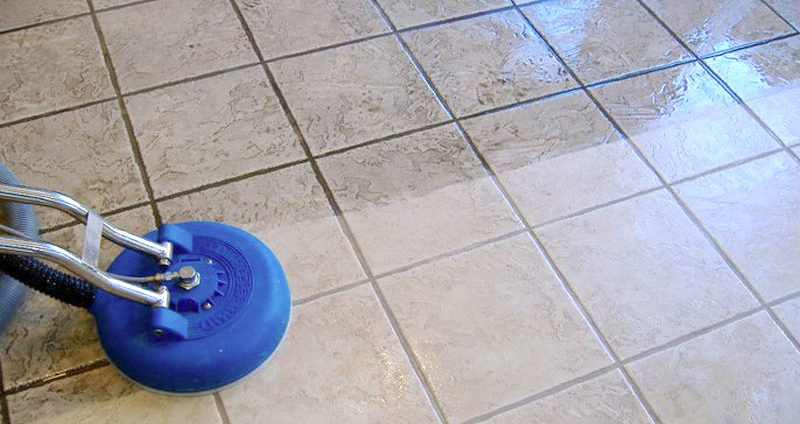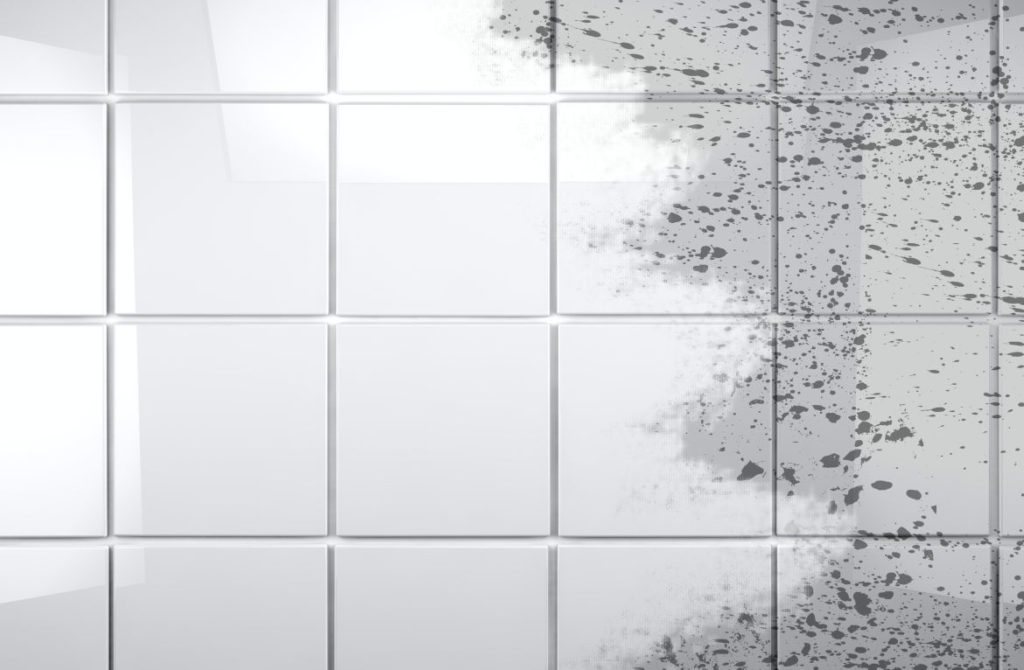
So you’ve had your tile flooring installed and now you want to maintain them?
Tile flooring in any part of the home, are easy to clean and maintain. The tiles themselves usually only require a cleaning with warm water. This of course is after the floor has been swept clean of any debris. Grout can also be cleaned with just warm water but this will depend on how much the dirt has stained it. To maintain the look of a ceramic tiled floor, a sealant should be re-applied every few months. The sealant will not only make the tiles and grout look better but will also help to prevent staining. The use of harsh chemicals is generally not needed for this type of flooring but if they are used the tiles should also be cleaned afterward with a mop and plain warm water.
How do I clean and maintain my tile flooring?
Your new carpet tiles represent an investment in the presentation of your business. It makes sense to maximize the visual appeal of that investment, and to make sure it lasts for years. This article gives some recommendations on keeping them at their best.
Soiling from Outside
Office users rarely wipe their feet on entry as they would at home. This makes reasonably broad barrier mats an important defense against dirt and grit tracked in from outside. These mats should be cleaned and/or changed regularly.
Vacuum Cleaning
Cut pile carpet tiles are best cleaned using cleaners with driven brushes, while loop pile should be cleaned with suction only. Where cleaning height is adjustable, the head should be set so that slight resistance can be felt. Cleaning is most efficient when the head is passed over the surface in two directions at right-angles to each other.
Heavy soiling areas, such as entry corridors, lift waiting areas or reception areas, should be vacuumed daily.
Shampooing
Periodic shampooing will significantly extend the life of carpet tiles. Done properly it removes the abrasive grit that accumulates at the base of the pile and contributes to wear. It also freshens the area and may reduce allergies such as some types of hay fever. The most effective method is by shampoo and hot water flushing. This not only removes ingrained soiling, but is also effective in flushing out detergent residue.
The covering should not be walked on until completely dry; this can take as much as 24 hours.

Dry Cleaning
This process involves brushing a detergent powder into the carpet and leaving it for around half an hour. It’s then removed by vacuuming. In some products this powder is slightly moist, but the vacuuming process is generally sufficient to dry it ready for use. Instructions for use and storage should be closely followed to avoid hazards.
Staining
Staining can be a frustrating problem in office areas. Staff education and persuasion may be required to ensure that spillages are reported and resolved as quickly as possible.
Wet Staining
Many people react to spills of this kind by scrubbing with cloths or tissues. This does little more than spread the stain. The correct procedure is to begin by blotting the area with clean dry cloths or absorbent paper towels. Once as much as possible of the liquid has been removed, the remaining staining should be diluted with water applied with a clean cloth or sponge, working from the edge to the centre of the stain. Stubborn stains may be easiest to remove if the tile is taken up and washed under a tap.
Copier Toner
One of the most common dry stains in office premises is a copier or printer toner spill. If you drop most of the contents of the cartridge, don’t immediately reach for the vacuum cleaner! The powder is so fine that it can go straight through the filter and the localized problem is liberally distributed. In the case of a large spill it may be necessary to call the copier service company. Smaller spills shouldn’t be too troublesome for a standard vacuum cleaner. As long as it’s kept dry and no solvents are used there should be no staining.
If you would like to know more about glazed and unglazed tiles please check out our recent blog post.
- By: Kenneth Woosley
- Category: Tile
- 0 comment

Leave a Reply